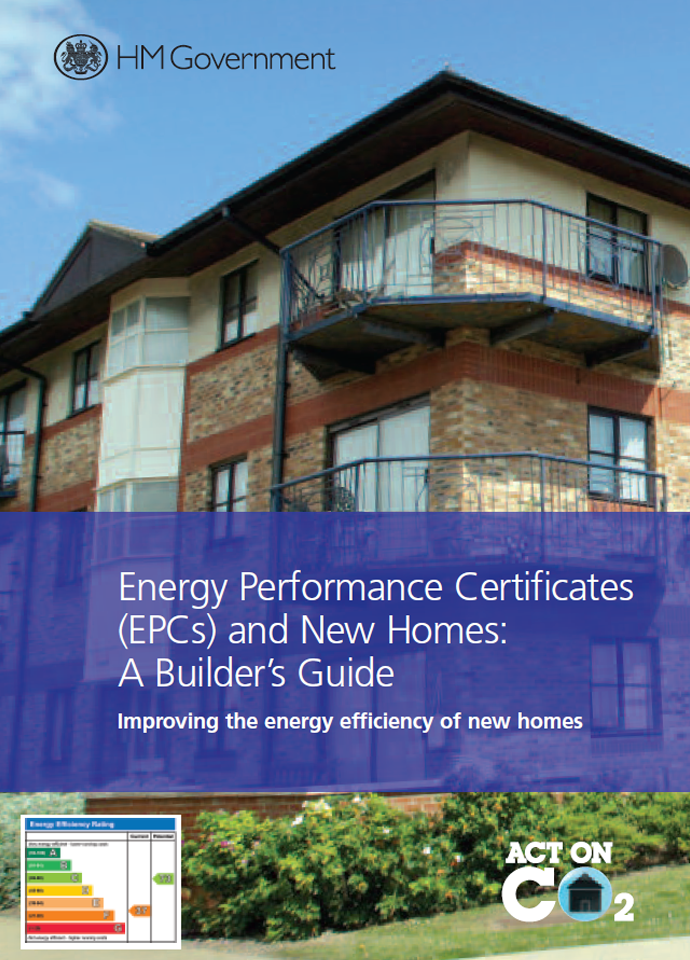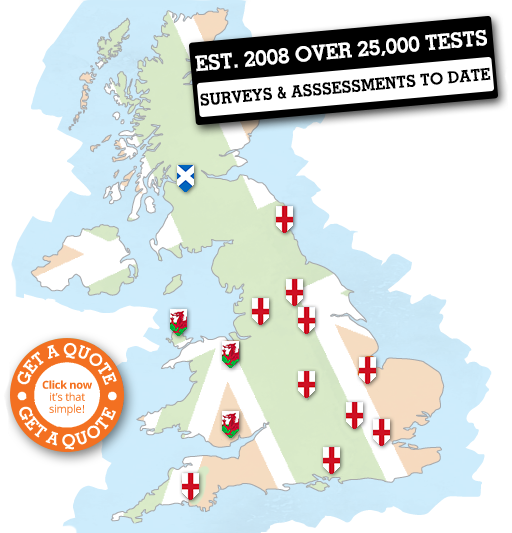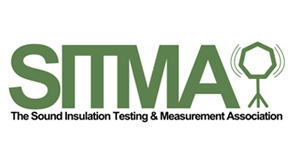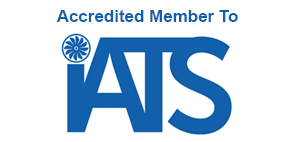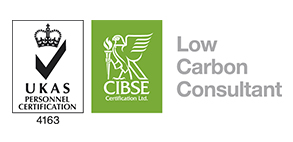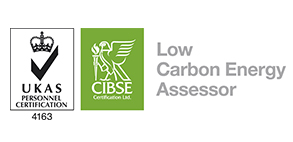Offices Nationwide

Sound Absorption
The loss of sound energy when sound waves come into contact with an absorbent material such as ceilings, walls, floors and other objects...more

How loud is too loud?
Noise above 85 dBA over time will cause hearing loss. In general, the louder the noise, the less time required before hearing loss...more
Asbestos_Survey is sometimes referred to as Fire Risk Assessment, Fire Safety, Fire Risk Assessment, Fire Risk Assessment, Fire Risk Assessment.
Asbestos Surveys Across the UK
Where Can Asbestos Be Found?
- Toilet cisterns can contain asbestos-reinforced resin materials
- Insulation in floor and wall cavities, lofts and insulating boards
- Artex or similar decorative / textures coating on ceilings and sometimes walls
- External / internal wall panelling particularly around windows
- Water tanks can be made from asbestos cement and is often found in pre-1980 houses
- Flash Guards on fuse wires and panelling behind fuse boxes
- Sprayed fire insulation
- Floor tiles, mastics and sealants
- Pipe works, boilers, ducts and heat exchanges
What Is Asbestos?
Though three types have been widely used in building materials there are actually types of asbestos. The main ones are Chrysotile (white), Amosite (brown) and Crocidolite (blue). Blue is usually the most dangerous followed by brown and then white.
Asbestos is a set of six naturally occurring silicate minerals mined from rocks and used commercially for their desirable physical properties. The trade and use of asbestos has been restricted or banned in many jurisdictions in the UK.
Asbestos Legislation
The Control of Asbestos Regulations 2012 (Reg 4) places an explicit duty on those responsible (the duty holder) for any commercial premises to identify and manage asbestos containing materials that may be present in the property.
Employers must undertake risk assessments before commencing work which exposes, or is liable to expose, employees to asbestos. This risk assessment must include:
- A plan of work detailing how the work is to be carried out
- Indication of any asbestos-related issues
- Provide solutions to these issues
- How to prevent exposure to asbestos or reduce it to as low a level as is reasonably practicable
Surveyor Qualifications
Each member of our asbestos team are holders of the BOHS (British Occupational Hygiene Society) P402 qualification - the statutory proficiency certificate in 'Building Surveys and Bulk Sampling for Asbestos'. Our experienced and professional consultants are here to help so if you have any queries please call us on 0800 043 8100 or send your query to Asbestos-Survey@e2consultants.co.uk.
We're qualified in asbestos refurbishment, management and demolition surveys for industrial, commercial and domestic buildings covering the UK. Where required can also undertake a Commercial EPC in a cost-effective package.
What's Involved In An Asbestos Survey?
An asbestos management, or type 2, survey will have one of surveyors taken samples of suspected asbestos throughout a building before sending them off to a lab. Whilst at the property, each room and the materials used will be noted. If a room is locked or otherwise inaccessible this will be noted too as there will remain a possibility of asbestos within.
A refurbishment/demolition survey, formally a type 3 survey, will be, as the name suggests, more destruction than a management survey. This will involve a surveyor accessing areas where future work is to be undertaken by knocking through a wall or drilling into floor slabs. This is to ensure that when the property is destroyed or altered that the next team in won't risk tampering with asbestos themselves that could be damaging to their health.
Our other services include:
Warning: Invalid argument supplied for foreach() in /data04/elite/public_html/Office.php on line 769
Asbestos Demolition Survey can also be known as:
Commercial Asbestos Survey, Commercial P402 Asbestos Survey, Asbestos Refurbishment Survey, Commercial Asbestos Refurbishment Survey, P402R Asbestos Survey, P402 Asbestos Survey, Asbestos Survey, Commercial Asbestos Demolition Surveys, Asbestos Management Survey, Commercial P402R Asbestos Survey, Commercial Asbestos Management Survey,
Copyright 2025 E2 Specialist Consultants Limited
Company No. 06728970
In Area E
Fire Risk Assessment in Eaglescliffe, Fire Risk Assessment in Eakring, Fire Risk Assessment in Ealing, Fire Risk Assessment in Earls Colne, Fire Risk Assessment in Earls Court, Fire Risk Assessment in Earlston, Fire Risk Assessment in Earlswood, Fire Risk Assessment in Easington, Fire Risk Assessment in Easingwold, Fire Risk Assessment in East Bergholt, Fire Risk Assessment in East Dereham, Fire Risk Assessment in East Drayton, Fire Risk Assessment in East Dulwich, Fire Risk Assessment in East Finchley, Fire Risk Assessment in East Grinstead, Fire Risk Assessment in East Ham, Fire Risk Assessment in East Horsley, Fire Risk Assessment in East Kilbride, Fire Risk Assessment in East Peckham, Fire Risk Assessment in East Preston, Fire Risk Assessment in Eastbourne, Fire Risk Assessment in Eastcott, Fire Risk Assessment in Eastham, Fire Risk Assessment in Eastleigh, Fire Risk Assessment in Easton, Fire Risk Assessment in Eastville, Fire Risk Assessment in Eastwood, Fire Risk Assessment in Ebbw Vale, Fire Risk Assessment in Eccles, Fire Risk Assessment in Eccleshall, Fire Risk Assessment in Eccleston, Fire Risk Assessment in Edenbridge, Fire Risk Assessment in Edgeware, Fire Risk Assessment in Edinburgh, Fire Risk Assessment in Edingley, Fire Risk Assessment in Edmonton, Fire Risk Assessment in Effingham, Fire Risk Assessment in Egham, Fire Risk Assessment in Eglinton, Fire Risk Assessment in Egremont, Fire Risk Assessment in Eldersfield, Fire Risk Assessment in Elgin, Fire Risk Assessment in Elland, Fire Risk Assessment in Ellesmere, Fire Risk Assessment in Ellesmere Port, Fire Risk Assessment in Ellon, Fire Risk Assessment in Elmhurst, Fire Risk Assessment in Elstead, Fire Risk Assessment in Elston, Fire Risk Assessment in Eltham, Fire Risk Assessment in Ely, Fire Risk Assessment in Emsworth, Fire Risk Assessment in Enfield, Fire Risk Assessment in Enford, Fire Risk Assessment in England, Fire Risk Assessment in Enniskillen, Fire Risk Assessment in Epping, Fire Risk Assessment in Epsom, Fire Risk Assessment in Erith, Fire Risk Assessment in Erskine, Fire Risk Assessment in Esher, Fire Risk Assessment in Essington, Fire Risk Assessment in Eton, Fire Risk Assessment in Everton, Fire Risk Assessment in Evesham, Fire Risk Assessment in Ewell, Fire Risk Assessment in Exeter, Fire Risk Assessment in Exford, Fire Risk Assessment in Exmouth, Fire Risk Assessment in Eye, Fire Risk Assessment in Eyemouth, Fire Risk Assessment in Eynsford,













